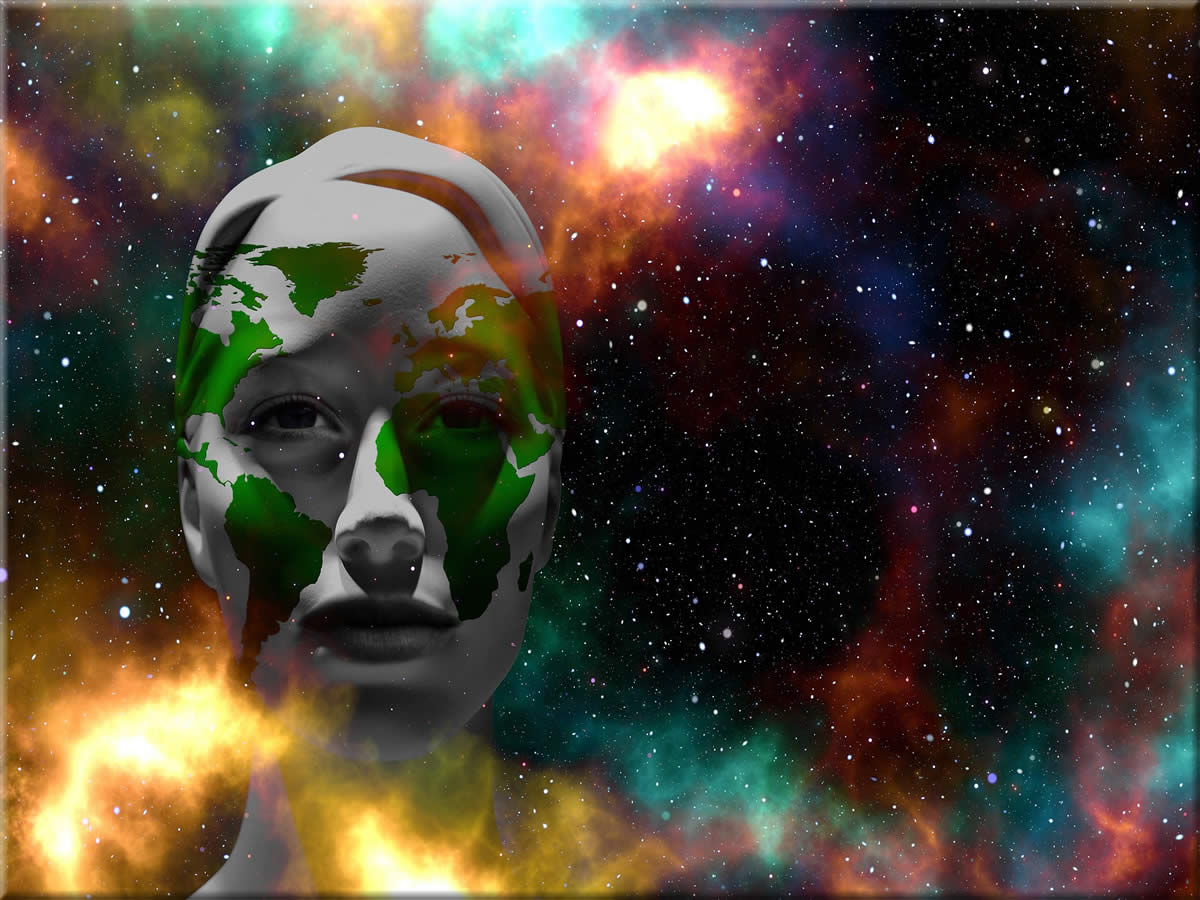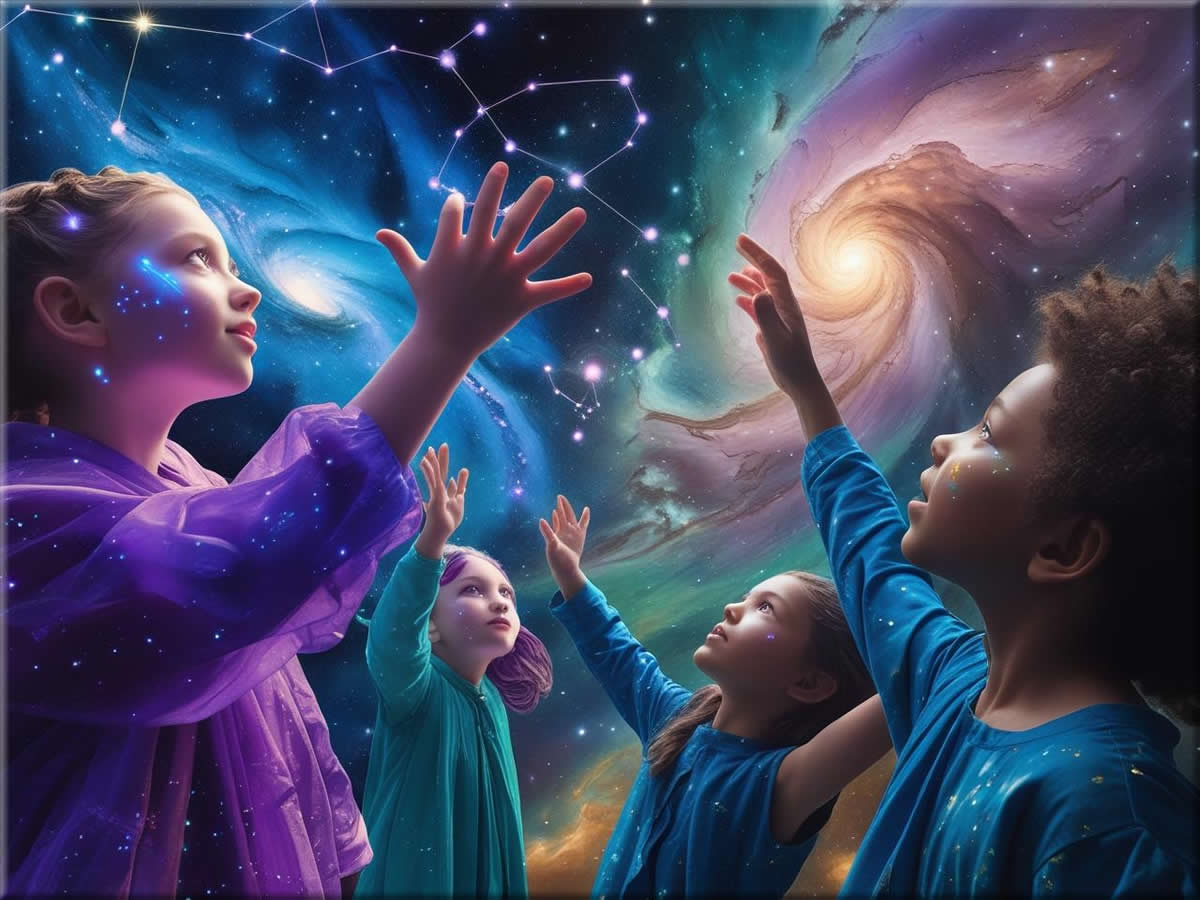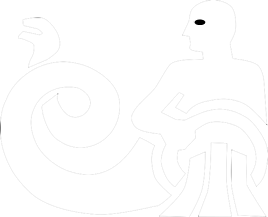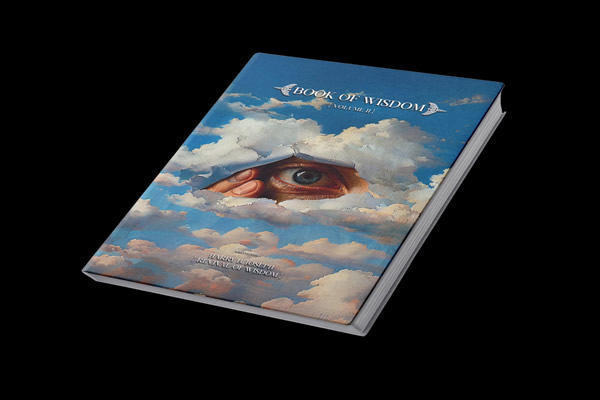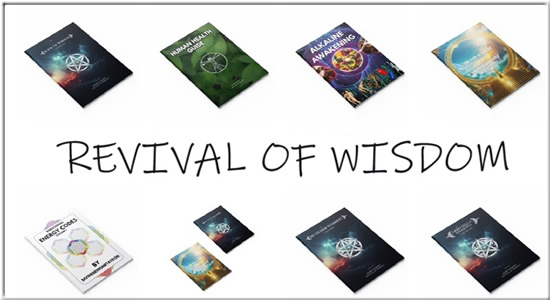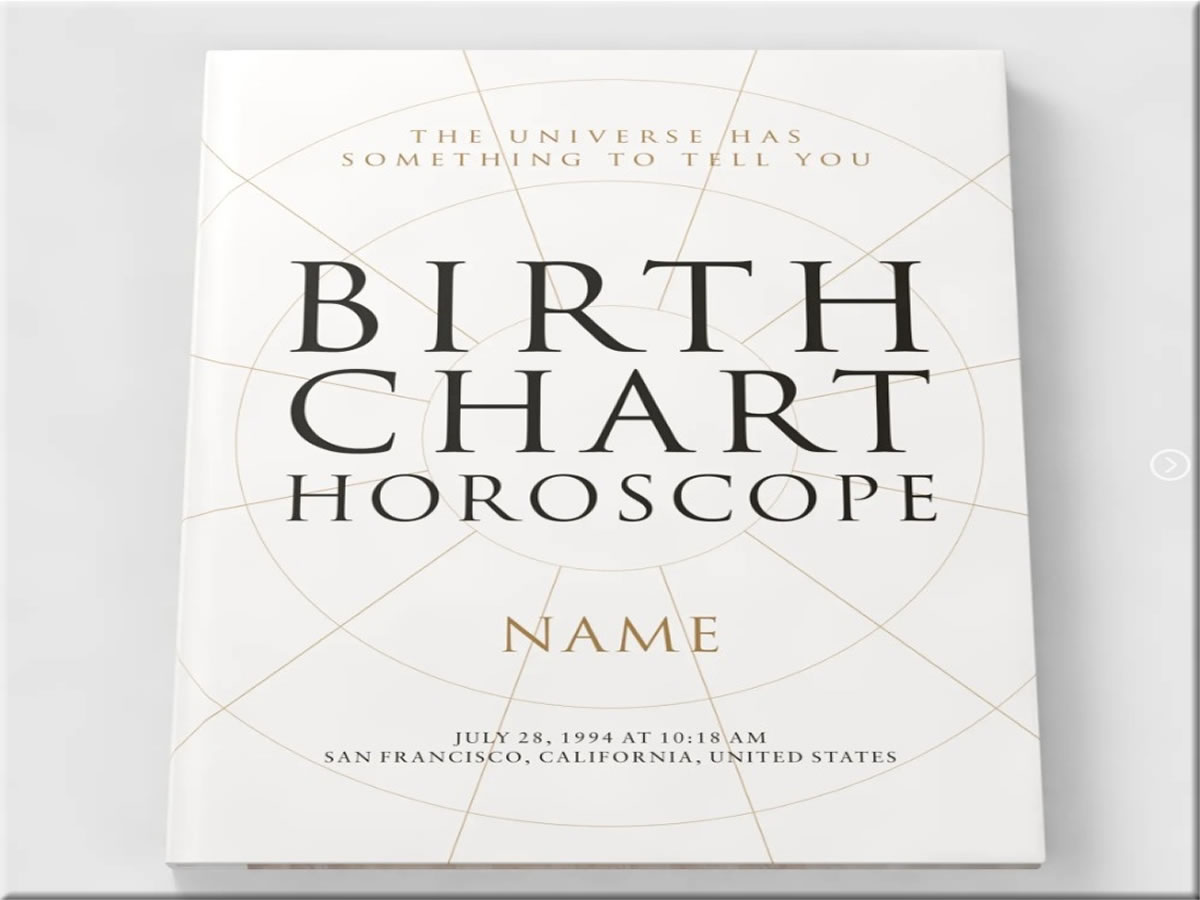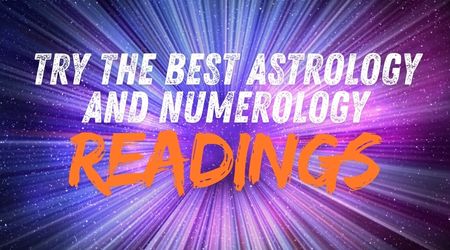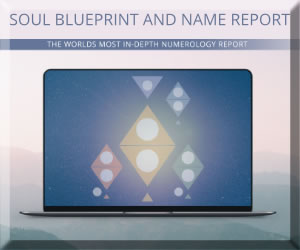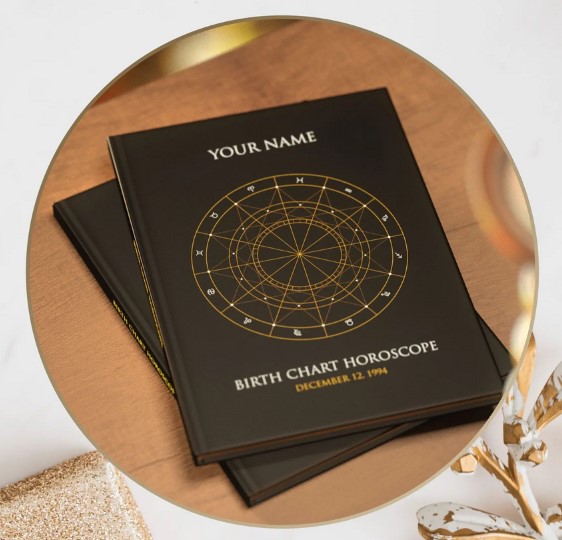
Unlocking The Mysteries Of Indigo Children
The term ‘Star People’ or ‘Starseeds‘ often sparks curiosity and wonder. Originating in metaphysical and spiritual circles of the New Age, this concept alludes to individuals believed to have a unique connection to the universe. Among these cosmic entities, ‘Indigo Children’ have gained particular attention. They shine not just because of their unique backgrounds but also because of the outstanding qualities they bring to everyday life. These kids are genuinely gifted and full of talent!
Now, why exactly is the name ‘Indigo Children’? It centers around the idea that these kids have indigo-colored auras. The term gained traction in the late 20th century, sparked by the work of artists and spiritual thinkers who felt a wave of new and advanced souls gracing the earth. These individuals possess inherent wisdom and heightened consciousness, often setting them apart from their peers.
In today’s culture, Indigo Children have crossed beyond mystical circles into mainstream dialogues, fueled by a growing curiosity about human potential and consciousness. Whether depicted in pop culture or discussed in family circles, the phenomenon has become a part of our everyday lexicon.
Check out more videos on our YouTube channel
Understanding Indigo Children isn’t just about grasping their characteristics or stories; it’s about embracing their unique perspectives. It’s a call to open our minds and broaden our perspectives on human diversity. By delving into this fascinating topic, we aim to paint a clearer picture, free from myths and misconceptions, while considering both the esoteric and the empirical aspects.
The Unique Characteristics of Indigo Children
Something is captivating about the individuals dubbed Indigo Children, primarily because of their distinct traits. These children are often depicted as unusually perceptive, with exceptional spiritual abilities, and possessing a maturity beyond their years. Many people notice their deep, sharp intuition and an innate desire to challenge conventional authority figures.
Their interaction with the world is unique, too. Indigo Children tend to display heightened sensitivity, not just emotionally but often spiritually. This sensitivity sometimes translates into a deep empathy towards people, animals, and situations, making them stand out in social circles. However, this also means they may struggle to cope with environments that don’t match their energy levels.

These children often exhibit remarkable talents and gifts in fields like art, creativity, spirituality, the occult, or technology. Their ability to think outside the box, their problem-solving skills, and an almost natural affinity for technology are frequently highlighted. These characteristics fuel theories that Indigo Children have a critical role to play in societal advancement.
Some professionals link these traits to high intelligence or creativity levels. From a psychological standpoint, it’s essential to differentiate between these genuine gifts and the potential mislabeling of behavioral deviations. The line between misunderstanding and acknowledgment is thin, and raising awareness about one’s characteristics is vital.
While embracing their strengths is essential, guiding these children through challenging environments where rigid systems may not support their growth is crucial. Adaptations within parenting styles, educational systems, and social environments can help ensure these unique characteristics are nurtured rather than stifled. Empowerment, rather than isolation, should be the focal point of supporting Indigo Children.
The Evolutionary Purpose: Why Indigo Children Arrive
Discussions of their supposed evolutionary purpose often surround the arrival of Indigo Children. Believers suggest they are here to drive meaningful changes in society, challenging long-held norms and outdated systems. Some claim that their presence marks a shift toward a more conscious and empathetic civilization.
Spiritual narratives often portray Indigo Children as catalysts for personal and collective transformation. Their role is supposedly to facilitate communication with higher consciousness, providing reminders of deeper spiritual connections. This perspective views them as pioneers in birthing a new era of human understanding and compassion, akin to their destined purpose of leading humanity into the new age, the Age of Aquarius.
Volume 2 continues the profound themes introduced in the predecessor even deeper into the complexities of existence and the pursuit of knowledge, encouraging readers to question established beliefs.
It is no coincidence that Indigo children have emerged during a tumultuous global change. The argument is that they are in tune with universal changes and can lead humanity into a new age with their innate wisdom and empathy. Therefore, they symbolize hope and the potential to rewrite social narratives for a better future.
Many advocates argue that Indigo Children encourage personal growth, prompting individuals to introspect and embrace their authentic selves. Their presence challenges those around them to discard superficial values and consider the deeper meaning of life and connection.
Yet, the general public’s evolutionary theories about their purpose remain speculative and primarily anecdotal. This doesn’t diminish the sense of potential that these children symbolize. Encouraging environments that nurture these children can lead to beneficial societal shifts, promoting inclusivity and broadening our collective perspectives on capabilities and consciousness.
Various Generations of Indigo Children
Various generations of Indigo Children have emerged over the last 50 years. From 1968 to 2008, several generations emerged, known as Alpha, Beta, Gamma, Delta, and Omega.
The Alpha is the first Indigo generation born between 1958 and 1968. They have a blue-green-purple aura with a mental ocher glow that acts as a shield from the environment. Despite feeling different from others since childhood, they usually try to fit in with the rest of society. Only when they mature mentally do they experience an “awakening” and realize their true mission between 1986 and 1996, usually in their 28th or 29th year of life.

The Beta generation includes Indigo Children born between 1968 and 1978. Their aura is blue-green-purple, and they don’t have a noticeable mental ocher. They developed their abilities between 1996 and 2006, at the ages of 28 or 29. A distinct feature of this generation is that they tend to appear much younger than their actual age, even as they age.
Indigo Children born between 1978 and 1988 belong to the Gamma generation, also known as millennials. They have a minimal protective layer of aura; if they have one, it tends to be purple with hints of octarine. Indigo Children belonging to the Gamma generation often receive a diagnosis of ADHD. They go through their awakening phase between 2006 and 2016 and enter the octarine phase in their late forties.
Pure Indigo Children, characterized by an expressive indigo blue color, belong to the Delta generation, and some exceptions also exhibit an octarine layer. They were born between 1988 and 1998, and their “awakening” period is expected to be between 2016 and 2026. They tend to be more hyperactive but love nature, which helps restore their inner balance and peace. Such children should avoid watching television and using electrical appliances as much as possible to calm down.
This ebook offers remarkable tips, hacks, and insights for better health beyond the confines of mainstream medicine, including fasting methods, the benefits of alkaline herbs, and much more.
The Omega generation is the last generation of Indigo Children. It includes children born from 1998 to 2008, and it’s believed to be the final generation of pure indigos. They tend to have a challenging childhood, with a high risk of severe illnesses and withdrawal from the outside world, such as autism or Asperger’s syndrome, and a high mortality rate. Many individuals are believed to be reincarnations of representatives from the Alpha and Beta generations of Indigo Children who died prematurely.
Challenges and Supports: Nurturing Indigo Children
Raising Indigo Children comes with its own set of challenges, primarily because their characteristics often don’t align with societal norms. Due to their unique abilities, they perceive themselves as different from others and understand that their lives have a greater meaning. Traditional educational systems can sometimes perceive questioning attitudes and non-conformity as disruptive. Schools may struggle to accommodate the unusual learning patterns or perceptive nature of children, leading to frustration for both the children and their caregivers.
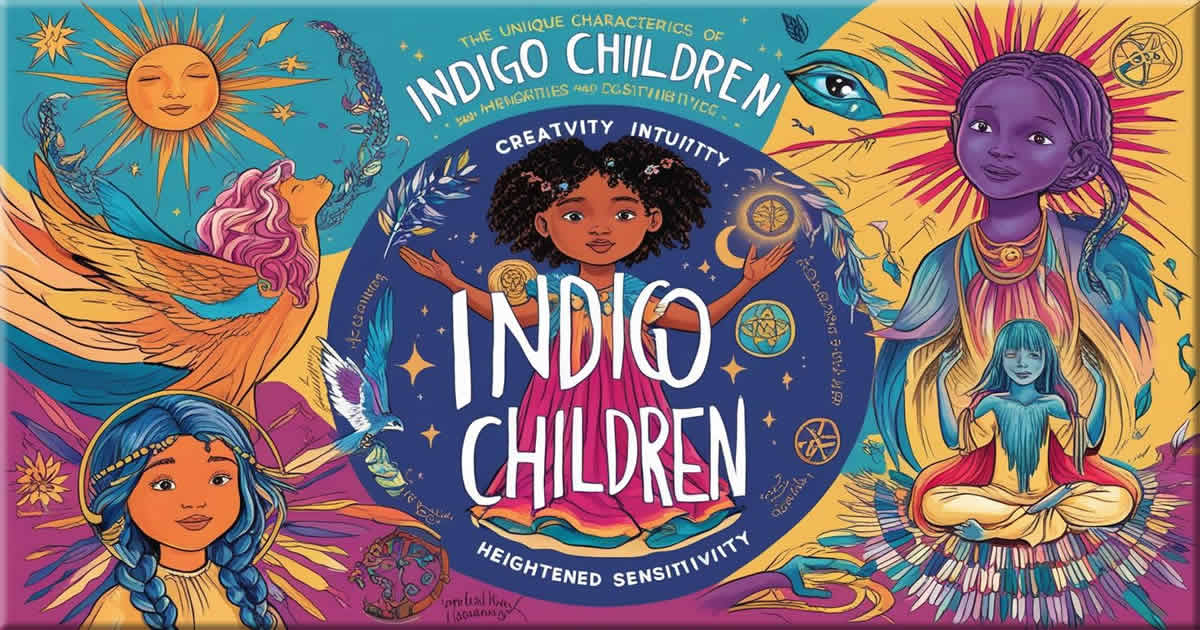
Adapting educational approaches can make a significant difference. This often means creating environments that foster creativity and independence, rather than rigid standardization. Some schools and educators, like ‘Montessori’, have started incorporating programs catering to diverse learning styles, recognizing each child’s unique strengths and needs. Furthermore, homeschooling is an option for some families, providing a tailored educational path.
Nurturing the potential of Indigo Children requires a balanced approach that incorporates multiple developmental facets. It’s about respecting their individuality while providing clear guidance. The goal is to empower them, enabling them to thrive without losing their unique spark.
Additionally, learning esoteric sciences such as astrology, numerology, yoga, Reiki, theta healing, or other mystical or spiritual practices can help them find their true purpose and attain peace of mind in this chaotic world.
Related Topics
